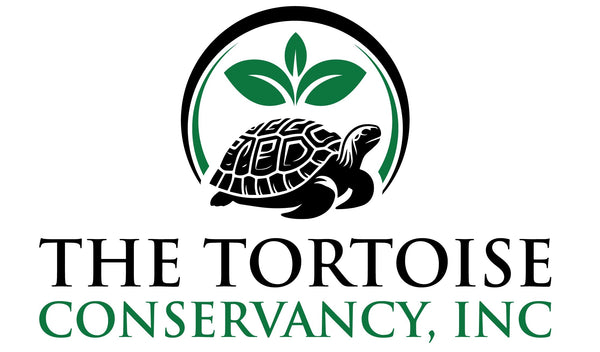
From Hatchling to Adult: The Life Stages of Gopher Tortoises
Share
From Hatchling to Adult: The Life Stages of Gopher Tortoises |
Gopher tortoises go through several distinct life stages, each with its own challenges and behaviors. Understanding these stages is crucial for developing effective conservation strategies.
Hatchlings: After a gestation period of 80-90 days, female gopher tortoises lay their eggs in a sandy, well-drained area near their burrows. The eggs are incubated by the heat of the sun, and hatchlings emerge after 70-100 days. Baby tortoises are highly vulnerable to predators such as raccoons, birds, and snakes. Their soft shells and small size make them easy targets. The survival rate for hatchlings is low, with many falling prey to predators within the first year.
Juveniles: As they grow, young tortoises begin to explore their surroundings, learning to forage and dig burrows. Juveniles have a higher survival rate than hatchlings but are still at risk from predators and environmental factors. Their shells gradually harden, providing better protection as they mature. During this stage, they establish their own territories and start to exhibit behaviors typical of adult tortoises.
Subadults and Adults: Gopher tortoises reach sexual maturity at about 10-15 years of age, depending on environmental conditions and food availability. Adults can live up to 60 years in the wild, although some individuals have been known to live longer. Adult tortoises are more resilient to predation due to their larger size and harder shells. They spend most of their time maintaining their burrows, foraging, and seeking mates. During the breeding season, males engage in head-bobbing displays and combat with other males to attract females.
Understanding the life stages of gopher tortoises helps inform conservation efforts, such as habitat protection, predator control, and head-start programs for hatchlings. By addressing the specific needs of tortoises at each stage of their life cycle, we can improve their chances of survival and contribute to the long-term health of their populations.
